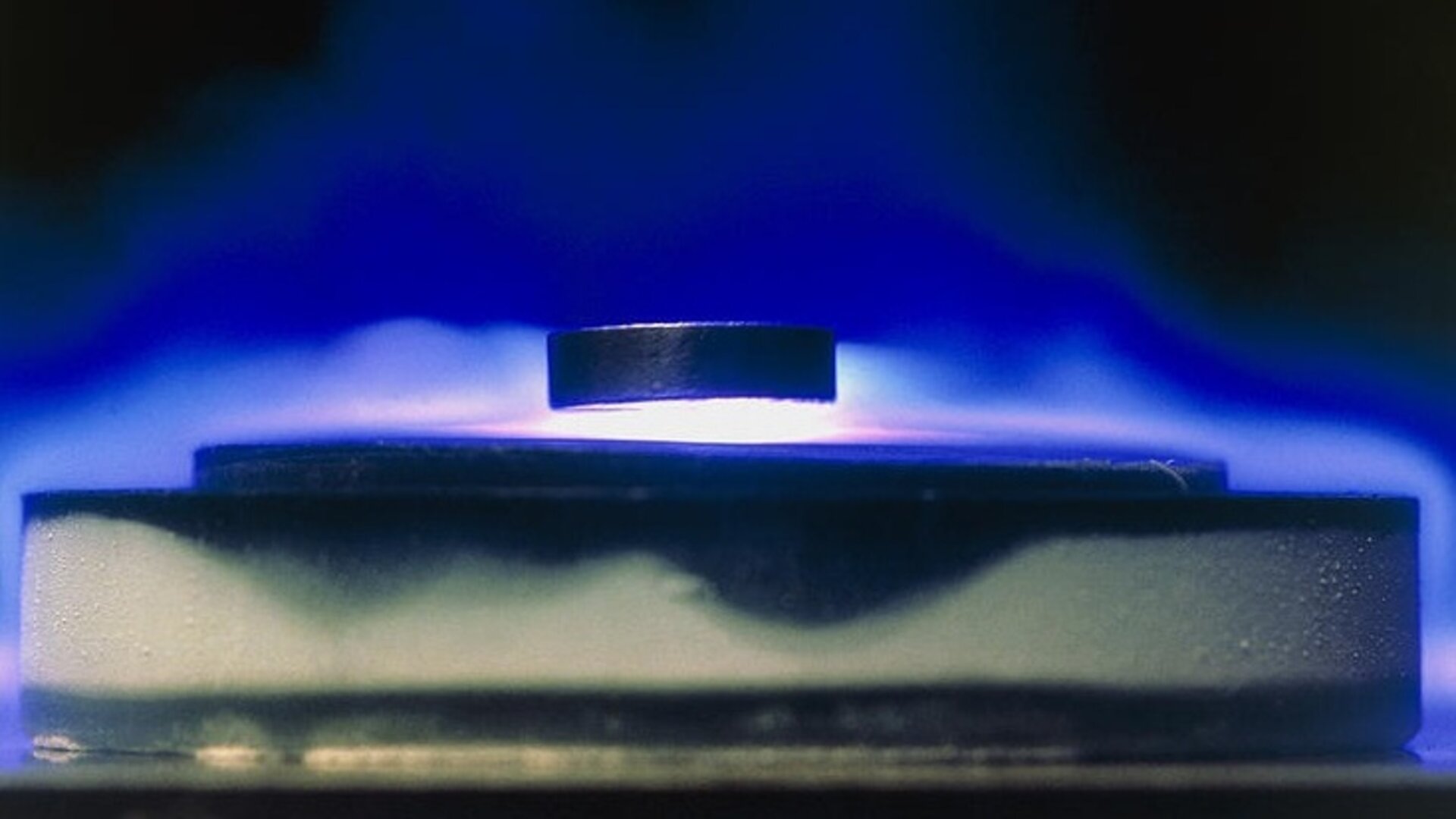Europe’s new age of metals begins
ESA has joined forces with other leading research institutions and more than 180 European companies in a billion-euro effort developing new types of metals and manufacturing techniques for this century.
Known as Metallurgy Europe, the seven-year international research and development programme was launched at London’s Science Museum on Tuesday.
“We’ll be laying the technical foundations for the discovery of new materials – metallic compounds, alloys, composites, superconductors and semiconductors,” explained Prof. David Jarvis, Head of Strategic and Emerging Technologies at ESA and Chairman of Metallurgy Europe.
“We’ll also be applying computer modelling to guide our alloy creation, as well as advanced manufacturing techniques, such as additive manufacturing or 3D printing, for the creation of new products.”
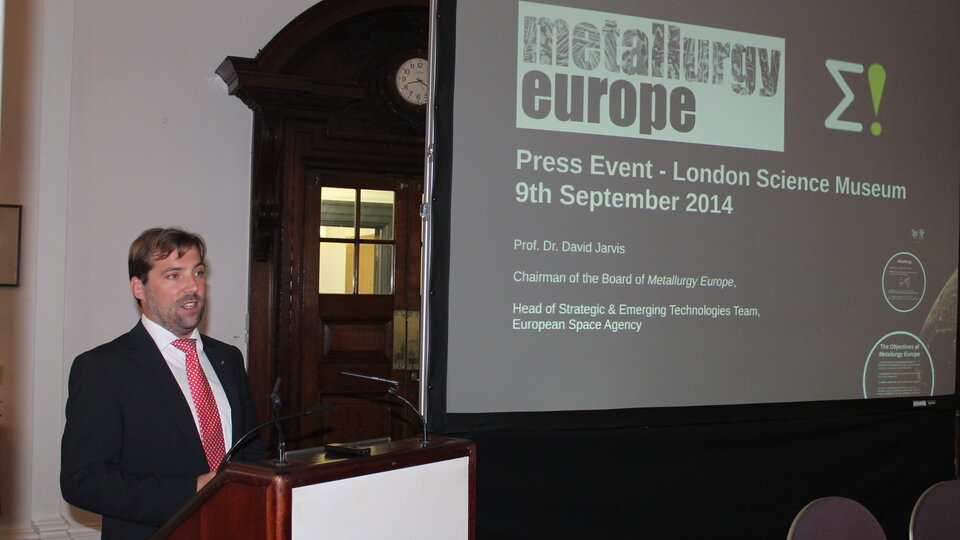
From the Iron Age to the Nuclear Age, metallurgy has been a driving force in human history. The various branches of the metals-related industry today accounts for 46% of the EU’s manufacturing value and 11% of its total Gross Domestic Product – equivalent to €1.3 trillion annually or €3.5 billion daily.
Metallurgy Europe is conservatively projected to create at least 100 000 new jobs, based on the 10 million people today employed by the metals and end-user industries across the EU plus Switzerland and Norway.
Organised along 13 topics, the potential results include novel heat-resistant alloys for space and nuclear systems, high-efficiency power lines based on superconducting alloys, thermoelectric materials converting waste heat into power, new catalysts for the production of plastics and pharmaceuticals, bio-compatible metals for medical implants, as well as high-strength magnetic systems.
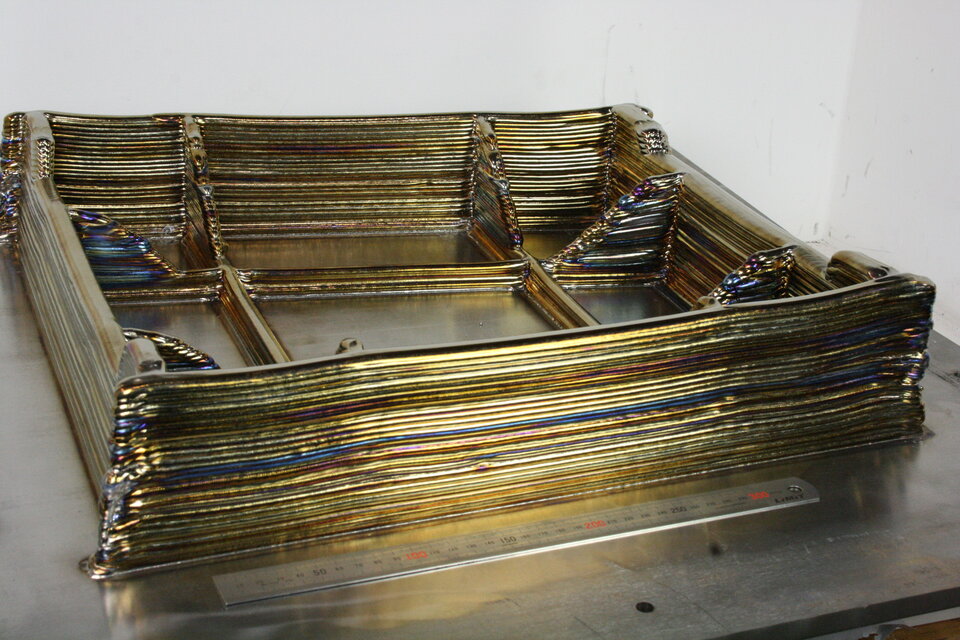
Lightweight alloys and composites for the aerospace and automotive industries could potentially slash the weight of spacecraft components, as well as reduce today’s two-tonne cars by more than half.
“The periodic table gives us around 60 commercial metal elements,” Prof. Jarvis explained. “In the world of materials it’s the mixing of these different chemical elements that is vital to us: we hardly use pure metals but we do use compounds, alloys and composites.”

A standard laptop might combine more than 20 different metal elements, while putting a spacecraft into orbit typically incorporates upwards of 50 elements, including the rocket, the satellite and all its subsystems, its electronics and the functional materials that go in there.
“You’ve got those 60 elements and you can mix them in so many different ways,” he added. “The actual number of combinations and ratios of mixing elements is infinite – we’ve only really scratched the surface.”
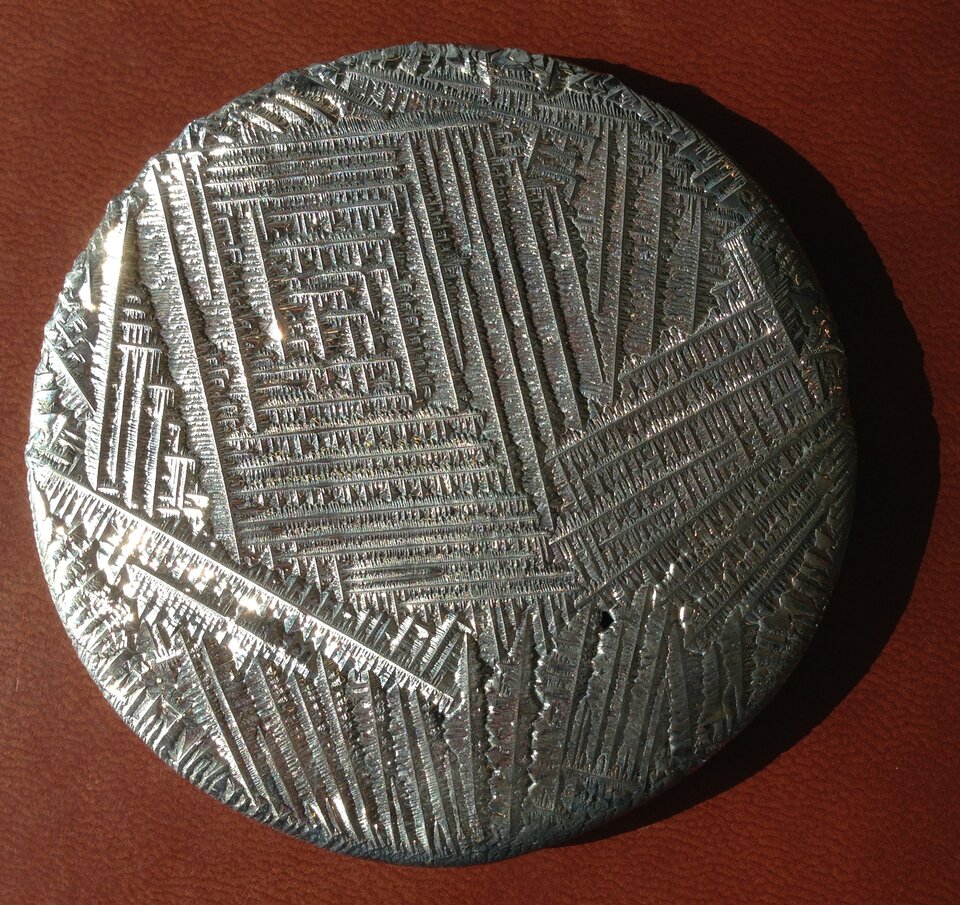
The Metallurgy Europe programme is being organised as a ‘Cluster’ of the EUREKA network. EUREKA is a long-established intergovernmental organisation uniting more than 40 governments, including virtually all the member states of the EU.
EUREKA Clusters are long-term, strategically significant public-private partnerships, working with Europe’s leading companies to develop competitive-boosting technologies.
“Metallurgy Europe adopts a bottom-up, multi-sector approach. The topics being tackled come from what industry wants and society needs in the next decade or so.”
More than 180 industrial partners have signed up, including some of the largest engineering companies in the continent: Airbus Group, BP, Siemens, Daimler, Rolls-Royce, Thales, AvioAero, BAE Systems, Philips, Ruag, Bombardier, Linde Group, Rolex, Richemont, ArcelorMittal, Sandvik, Bruker, Johnson Matthey, Tata Steel, Boston Scientific, ThyssenKrupp, Outokumpu, Hydro Aluminium and Fiat, along with small and medium firms.
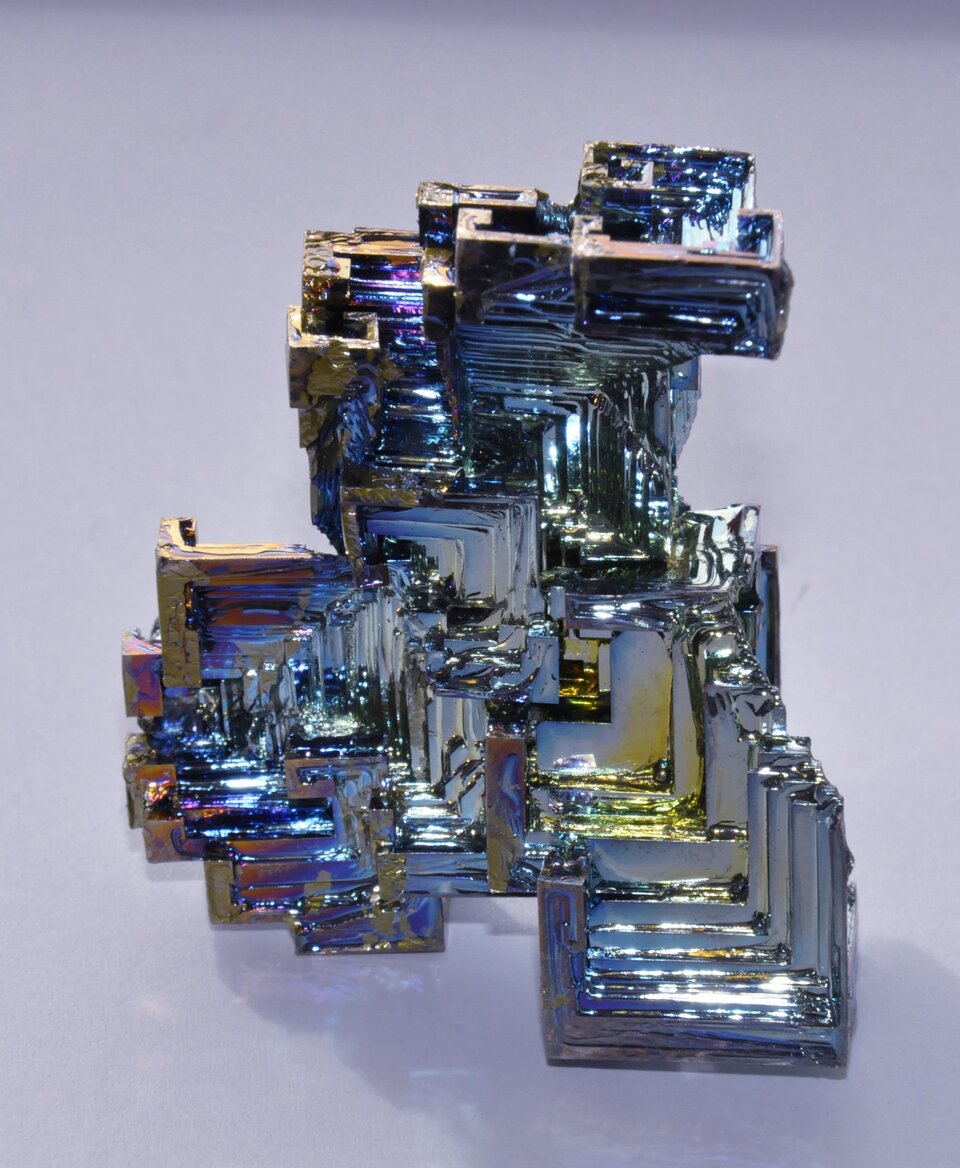
Leading research organisations including ESA, the European Synchrotron Radiation Facility, Institut Laue-Langevin, the European Powder Metallurgy Association and the Culham Centre for Fusion Energy are also lending their expertise.
The projects making up the programme will begin next year, although preparatory work has already begun.
“The amount of money invested and the size of our support network makes us the largest consortium of its type in metallic materials and advanced manufacturing,” Prof. Jarvis concluded. “It stands us in good stead to be the front runner in this field for quite some time.”


